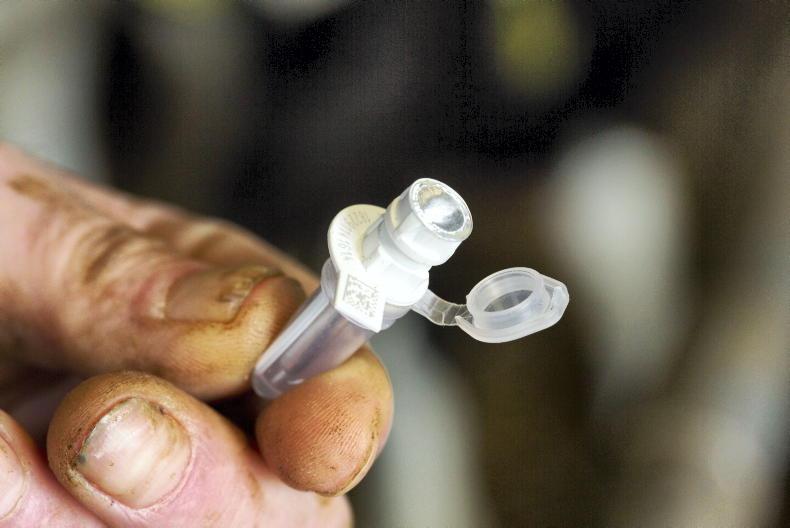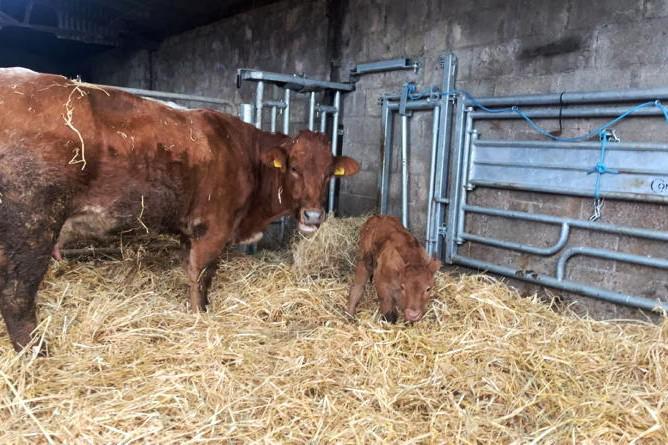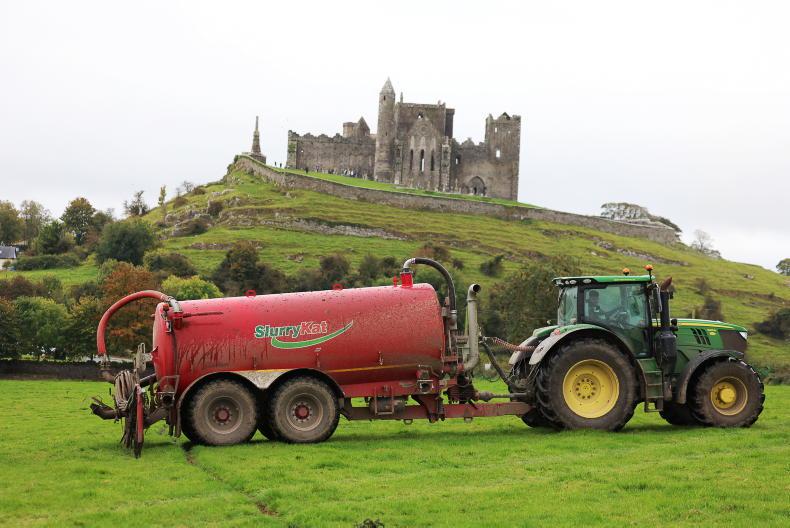An analysis of calf birth registration trends over the last 10 years shows the peak calving season becoming increasingly condensed. Some 1,255,977 calves were born in February and March 2023.
This equates to approximately 53% of all birth registrations in 2023 and represents an increase of over 63,000 head on the previous year.
Figure 1 details birth registration trends over the last three years.
As can also be readily seen, there was a significant increase in birth registrations in January 2023 with the number of calves born increasing by almost 75,000 head and recorded at over 250,000 head.
The increase in births in the first three months of the year is translating into reduced births in April and May, with farmers matching calving dates to a grass-based system.
Figure 2 details the trends in births to dairy and beef dams over the last decade.
It is worth pointing out that birth registration figures for December 2023 have not been finalised, as the 27-day window for farmers to register calves has not passed yet. It is probable that the current figure of about 20,000 births will double going on the trends of recent years.
As it stands, birth registrations of 2.36m head are running almost 42,000 head lower.
This is underpinned by registrations to beef dams running 60,331 head lower at 754,611 head, while birth registrations to dairy dams are running over 18,000 head higher at 1.61m head.
Five- and 10-year trends show dairy births running 192,824 head higher than five years ago, while there were in the region of 500,000 more dairy calves born in 2023 compared to 10 years ago.
In contrast, the number of beef calves born in 2023 was 174,000 head lower than in 2018 and over 235,000 head lower than in 2013.
As mentioned already, these figures will change slightly when end-of-year figures are finalised, but it gives a good indication of changes in recent years.
There has been a major switch to online birth registrations in recent years with 77% of all registrations taking place online in 2023.
This compares to 70% of registrations online in 2021 and 52% of registrations online in 2018.
The next big change in birth registrations coming down the track over the next decade is likely to be a switch to DNA registration.










SHARING OPTIONS